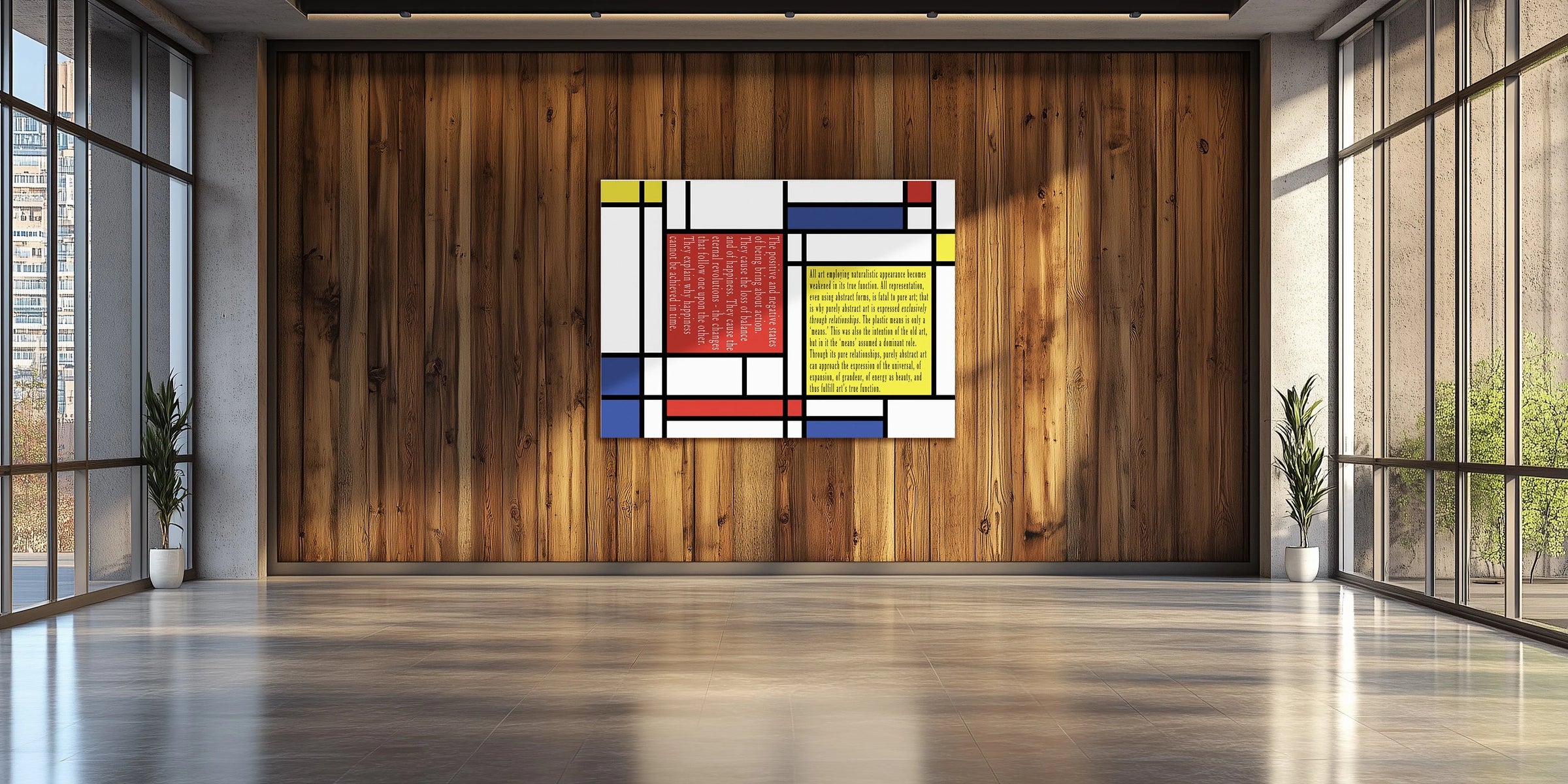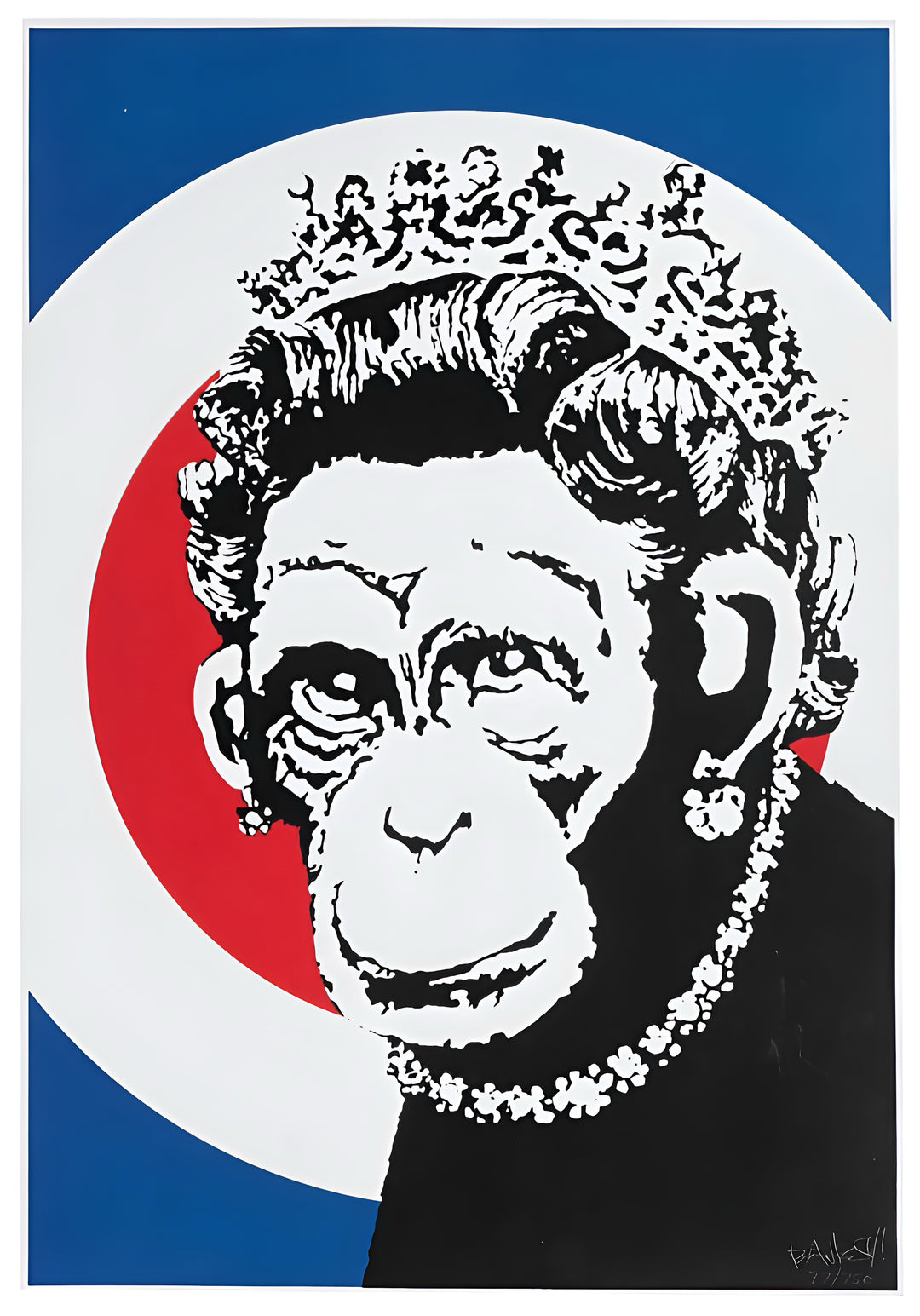
Conceptual Art
Conceptual art is an artistic movement that emerged in the 1960s and is characterized by prioritizing ideas and concepts over the aesthetic execution of the work. This movement revolutionized the way art is perceived and valued, focusing attention on the intellectual process behind artistic creation. Among the most representative artists of conceptual art are Joseph Kosuth, known for his works that question the nature of art and language; Sol LeWitt, whose geometric structures and writings laid the theoretical foundations of the movement; and Lawrence Weiner, who used language as his primary artistic medium.
Conceptual art was influenced by minimalism, a movement that sought the reduction of forms and the elimination of superfluous elements in artworks. Minimalism, in turn, influenced conceptual art in its quest for purity and simplification, leading conceptual artists to focus on the essence of ideas. This minimalist approach allowed conceptual art to explore new forms of expression and communication, moving away from traditional painting and sculpture techniques.
The impact of conceptual art extends to several subsequent artistic movements, such as installation art, performance art, and digital art. These movements adopted the primacy of the idea over form and continued to explore new ways of conveying concepts and experiences. For example, installation art, represented by artists like Marina Abramović, focuses on the viewer's experience and interaction with space and objects. Performance art, with figures like Yoko Ono, uses the artist's body and actions as a medium to communicate conceptual messages.
Conceptual art also influenced digital art, where artists like Jenny Holzer use technology to explore and present ideas in innovative ways. The emphasis on concept over form has allowed conceptual art to evolve and adapt to new technologies and media, maintaining its relevance in the contemporary art scene.



